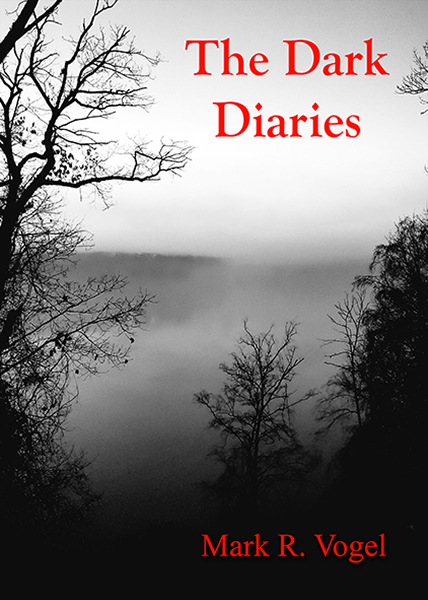After the overwhelming success of Baron Blood, Mario Bava was given carte blanche control of his next horror outing, Lisa & the Devil. His second-to-last masterpiece is a surrealistic, blackly humorous psychological chiller and, irrefutably, the most ambitious effort in the director’s entire canon. Luckily, the filmmaker waited a lifetime to make the work and, fortunately for his viewer, given a career of experience and knowledge, met his task.
To attempt to describe Lisa & the Devil is akin to writing on a water’s surface. Much like the works of David Lynch and Alejandro Jodorowsky, though more rooted in psychological ruminations than philosophic ones, Bava’s feature is felt more than it is readily accessed. To put it another way, Lisa & the Devil is very likely what would have occurred had Bava’s Italian successor, Dario Argento, chosen to adapt William Faulkner’s “A Rose for Emily” (by way of Alfred Hitchcock’s Psycho) to the big screen.
As such, it is no surprise that Satan himself appears, not forthrightly, but rather in the guise of a subsidiary character, a butler named Leandro. As everyone involved readily dismisses him, the Devil’s Machiavellian influence is nevertheless pervasive. True to legend, Old Scratch, having traded his horns for a pair of innocuous white gloves, is not so brazen as his incarnation in Shakespeare’s Othello wherein Iago sets the stage for evil. Instead, he leisurely dusts the mantle as it where knowing that little to no effort on his behalf is needed for humanity’s proclivity toward vice is well known. To put it another way, far from being the hangman, Leandro merely provides the rope which he knows humanity will inevitably use to hang itself.
It is with such a well rounded, plausibly drawn figure that Savalas plays the role of Leandro to a cocksure, suave tee. With much the same aplomb that Vincent Price dryly presents Doctor Phibes, the bald actor allows the circumstance and innately malevolent surroundings, not unlike the Italy witnessed in Nicolas Roeg’s Don’t Look Now released the same year, to work its magic. As understatement speaks volumes (the closest the director comes to aesthetic didacticism is during the opening credits, wherein a gloved hand flips cards bearing the likeness of those whom we will soon encounter), Bava’s stunning imagery and cinematography (by Cecilio Paniagua) congeals the whole, crafting what would otherwise be an irritatingly convoluted plot involving two unstable mindsets coming to terms with death (one by way of necrophilia) into a resounding tour de force.
To put it yet another way, Mario Bava’s late masterpiece is the equivalent of Luis Buñuel directing a Hammer Horror production of M. Night Shyamalan’s The Sixth Sense. Many lambaste the feature due to what they cite as an arrogant, overextended, futilely ambiguous plot. However, though the film houses enough atmosphere and humor to hold its own without necessitating a clear cut storyline (How can one not love a tale in which a murderer’s vehemence for her victim leads her to trod the focus of her rage five times over in a car just to make sure she is relieved of her burden?), the narrative begs for repeated viewings which, if invested, slowly allows its audience to realize and appreciate the true scope of the psychological insight which the Italian filmmaker is offering.
-Egregious Gurnow
- Interview with J.R. Bookwalter - January 22, 2015
- Interview with Andrew J. Rausch - January 22, 2015
- Interview with Rick Popko and Dan West - January 22, 2015
- Interview with Director Stevan Mena (Malevolence) - January 22, 2015
- Interview with Screenwriter Jeffery Reddick (Day of the Dead 2007) - January 22, 2015
- Teleconference interview with Mick Garris (Masters of Horror) - January 22, 2015
- A Day at the Morgue with Corri English (Unrest) - January 22, 2015
- Interview with Writer/Director Nacho Cerda (The Abandoned, Aftermath) - January 22, 2015
- Interview with Actress Thora Birch (Dark Corners, The Hole, American Beauty) - January 22, 2015
- Interview with Actor Jason Behr, Plus Skinwalkers Press Coverage - January 22, 2015


